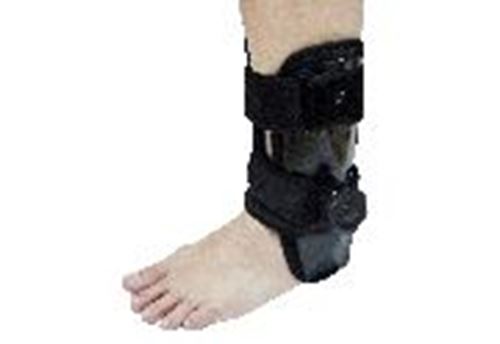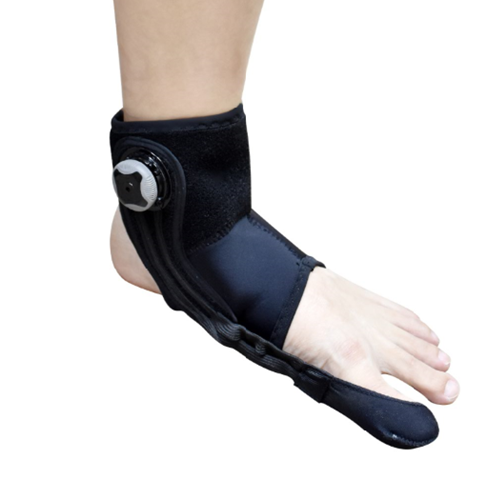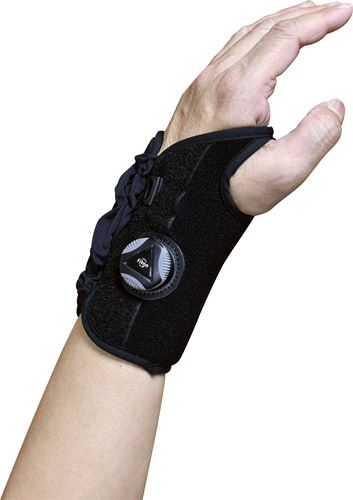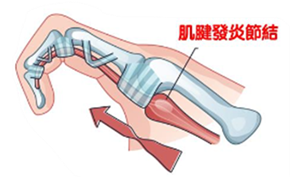什麼是拇趾外翻
|
什麼是拇趾外翻?  |
拇趾外翻(Hallux Valgus)是一種常見的足部畸形,主要特徵是大拇指向外側偏斜,導致第一趾骨的內側隆起,形成「骨頭突出」的外觀。這種情況會導致大拇趾與其他趾頭之間的角度增大,最終可能引發到疼痛、行走不適以及影響日常活動 |
拇趾外翻的原因?1. 遺傳因素: 家族中有拇趾外翻病史的人更容易發生這種情況。 2. 鞋子選擇: 穿著不合適的鞋子(如女士的高跟鞋或尖頭鞋)會導致蹠骨承受過大的壓力而向前和外推,漸漸形成拇趾外翻。 3. 足部結構: 某些足部結構異常(如扁平足、高弓足)因足弓弧度較小,令腳掌內側所承受的壓力大增,拇趾骨與蹠骨關節特別容易受壓,可能增加移位,患病風險。 4. 年齡: 隨著年齡增長,關節和韌帶可能失去平衡,內鬆外緊,可增加發生拇趾外翻的可能性。 5. 活動方式: 某些運動(如跳芭蕾舞)或其他活動可增加對拇趾的壓力,從而導致拇趾外翻。 6. 性別: 拇趾外翻患者女性患者佔大多數較男性高15倍,因女性較常穿高跟鞋,容易導致拇趾外翻惡化。 |
什麼程度的拇趾外翻才需要接受治療?拇趾外翻的治療需求取決於症狀的嚴重性和對生活質量的需求。當拇趾外翻的症狀影響到日常活動 (如疼痛、腫脹或行走,穿鞋困難),便需接受治療,視乎每個病者的情況。因此,及早與專業醫生討論症狀和治療選擇是非常重要的。 |
 |
拇趾外翻有什麼併發症?拇趾外翻可能引發多種併發症,包括拇囊腫、脫位、錘狀趾和重疊趾。拇囊腫是拇趾關節外側的隆起,通常伴隨疼痛和腫脹。隨著病情惡化,關節可能出現脫位,導致劇烈疼痛和活動受限。此外,其他趾頭也可能受到影響,形成錘狀趾,甚至出現重疊趾,造成摩擦和不適。 |
 |
為什麼要治療拇趾外翻?嚴重的拇趾外翻會導致趾頭隆起與鞋子之間不斷摩擦,從而引發重複性的發炎和劇烈疼痛。隨著凸塊的逐漸增大,穿鞋的難度也隨之增加。此外,第二趾或其他腳趾可能因擠壓過度而變形,腳掌底部則會出現生繭等情況。這些問題都會使行走變得十分不適,甚至影響日常生活的品質。 |
 |
拇趾外翻那種治療方法最有效?
拇趾外翻的治療方法包括多種選擇,根據病情的嚴重程度和個人的需求,常見的治療方式有:
|
非手術治療 
- 矯正器具: 使用拇趾外翻矯形鞋或矯具,可以幫助改善,足部的排列,糾正拇指外翻,減輕疼痛。 |
拇趾外翻矯正器有用嗎?
拇趾外翻矯正器 (例如: 拇指外翻矯形鞋和拇指外翻矯具) 在改善拇趾外翻方面一定有效果。
|
功能與原理 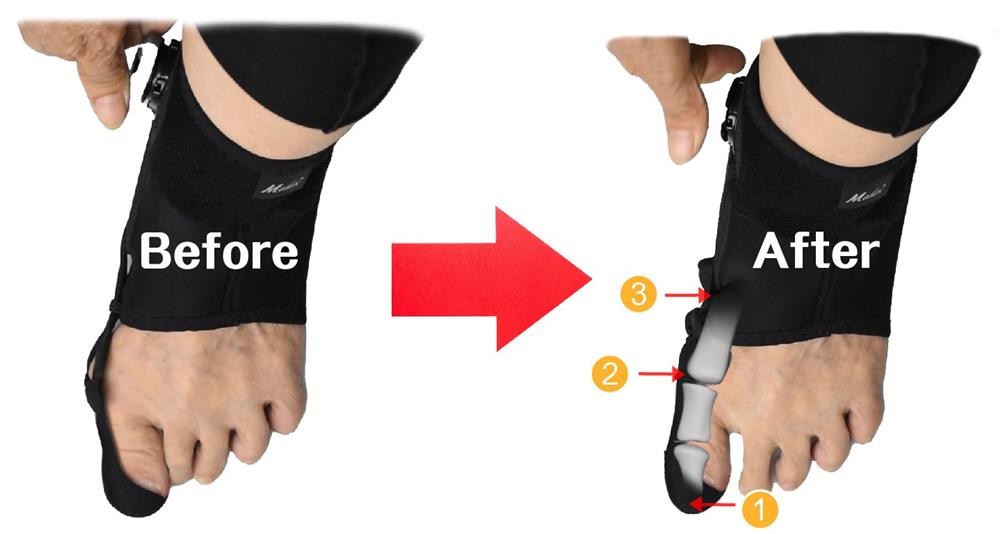
- 三點矯力設計: 矯形鞋或拇趾外翻矯正器利用三點矯力的原理,通過施加壓力來拉直拇趾,這種設計有助於將拇趾調整回正常位置,患者更可根據個人需求調整加強矯力,減少外翻的程度並緩解疼痛,長時間佩戴矯型器效果會更佳。 |






